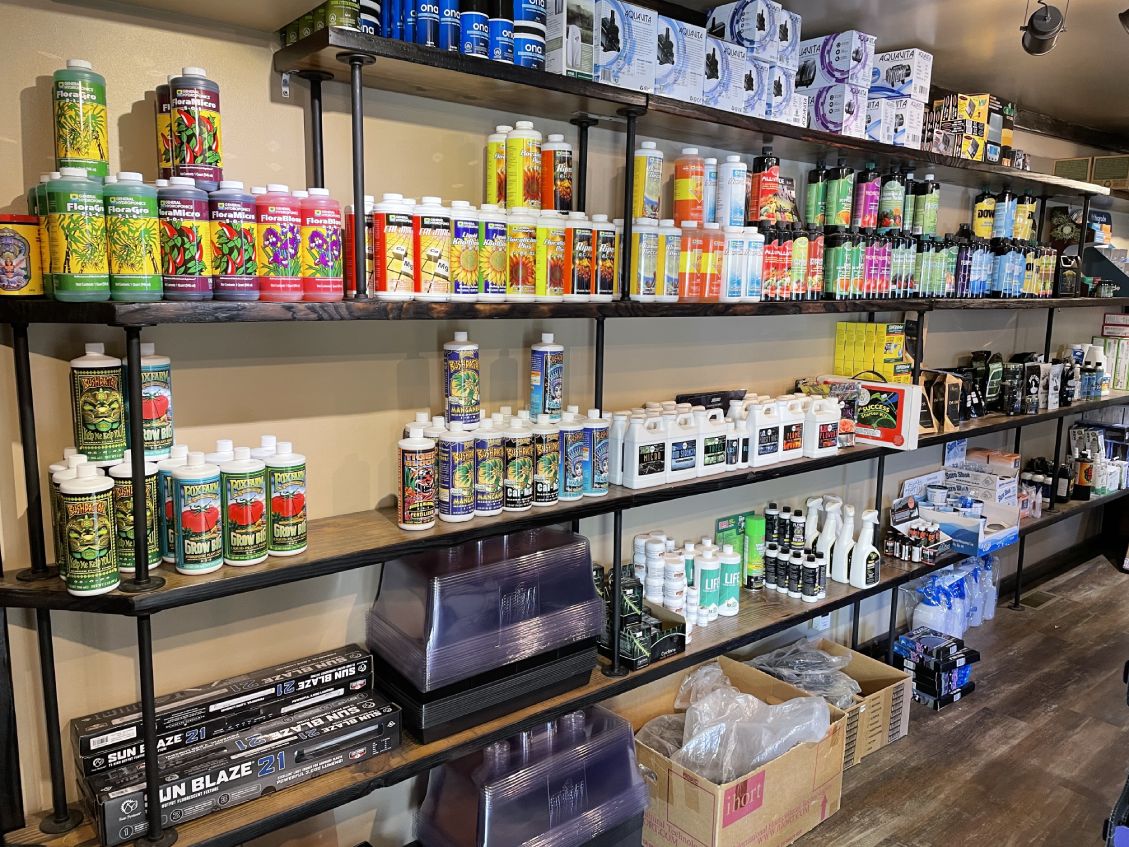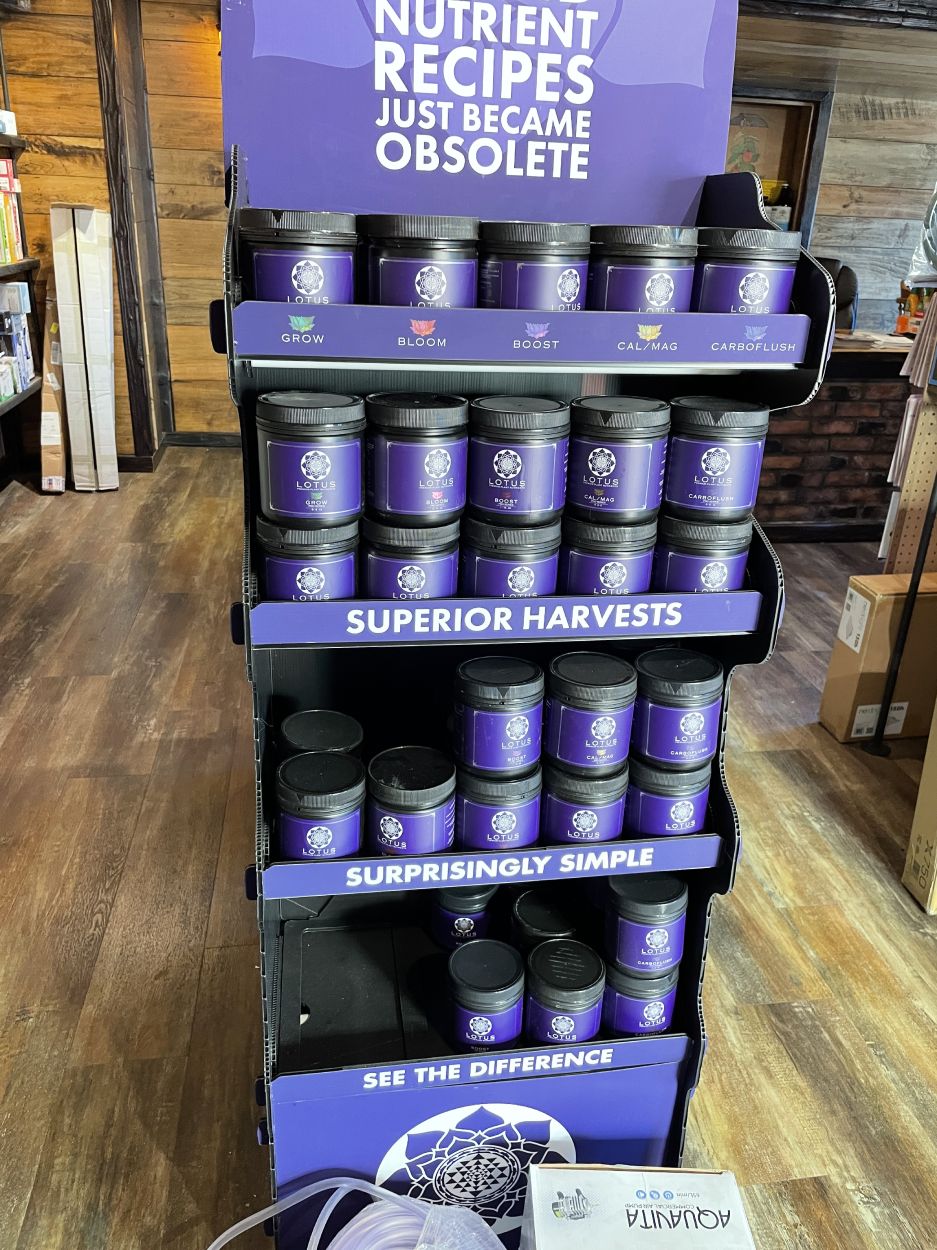Opening the Potential of Hydroponics: Comprehending Its Makes Use Of and Various Kinds
Hydroponics, a technique of growing plants without soil, has amassed enhancing focus for its prospective to transform farming and horticulture methods. As we browse through the complex landscape of hydroponic systems and strategies, it becomes evident that each strategy holds distinct advantages and limitations.
Benefits of Hydroponic Solutions

Another benefit of hydroponic systems is the capacity to grow plants in a smaller space. Hydroponic systems reduce the threat of soil-borne illness and insects, as there is no soil to nurture these dangers.
Typical Utilizes in Farming

Given the reliable water preservation and space-saving benefits of hydroponic systems, it is noticeable that these cutting-edge agricultural methods have actually discovered common usages in numerous industries of farming. The regulated environment of hydroponic systems makes it possible for year-round farming, offering a consistent supply of fresh fruit and vegetables no matter of external climate conditions.
Hydroponics is frequently used for expanding a range of crops, consisting of leafy environment-friendlies, tomatoes, cucumbers, strawberries, natural herbs, and peppers. Furthermore, hydroponic systems are used in study and instructional setups to study plant growing, nourishment, and growth strategies.
Exploring Different Hydroponic Methods
Hydroponic systems use a range of approaches that cater to various plant types and farming goals. In addition, the Ebb and Flow system, additionally understood as the Flooding and Drain system, periodically floods the plant origins with nutrient solution, permitting for oxygenation during draining pipes periods. Each of these methods showcases the versatility and performance of hydroponic systems in enhancing plant growth and yield.
Comparing Different Hydroponic Systems
Discovering the efficiency and return enhancement methods in hydroponics leads us to contrast various hydroponic systems readily available for crop growing. Each hydroponic system has its unique functions, benefits, and restrictions, making it crucial for farmers to select one of the most ideal system based on their certain demands and constraints.
One of the most common hydroponic Your Domain Name systems is the nutrient movie method (NFT), where a slim movie of nutrient option continually flows over the plant roots. In comparison, the deep water society (DWC) system immerses plant origins straight right into the nutrient remedy, giving enough oxygen and nutrients.
Another popular hydroponic system is the ebb and flow (or flood and drain) system, which regularly floods the plant origins with nutrient service before draining it. This cyclic process makes sure appropriate aeration for the roots while delivering nutrients efficiently. Furthermore, the aeroponic system suspends plant roots in the air and mists them with a nutrient service, promoting rapid growth and high oxygenation levels. Growers looking for a versatile system that minimizes water use frequently go with aeroponics. By recognizing the differences in between these hydroponic systems, farmers can make enlightened choices to take full advantage of plant yield and quality.
Developments in Hydroponic Modern Technology
One crucial technology is the development of smart hydroponic systems that use sensing units and automation to monitor and change ecological problems such as pH levels, nutrient concentrations, and light direct exposure in real-time. These systems make it possible for precise control over growing conditions, check over here leading to optimum plant growth and higher crop yields.
An additional notable innovation is the integration of vertical farming methods with hydroponic systems, enabling the growing of crops in piled layers. This upright approach makes the most of area application, making it perfect for metropolitan atmospheres where land accessibility is news limited - The Indoor Earthworm. Furthermore, making use of sophisticated LED lights systems customized to specific plant needs has enhanced energy effectiveness and improved growth rates in hydroponic configurations
Developments like these are driving the development of hydroponics, making it a extremely attractive and lasting choice for contemporary agriculture.
Conclusion
To conclude, hydroponics provides various advantages in farming and has various strategies and systems that can be made use of to optimize its capacity. Innovations in hydroponic modern technology remain to improve effectiveness and sustainability in food production. By recognizing the uses and various sorts of hydroponic systems, farmers and growers can unlock the complete potential of this cutting-edge technique of expanding plants without soil.
Additionally, hydroponic systems enable for better control over nutrient degrees, pH balance, and ecological problems, leading to healthier plants and higher yields.
